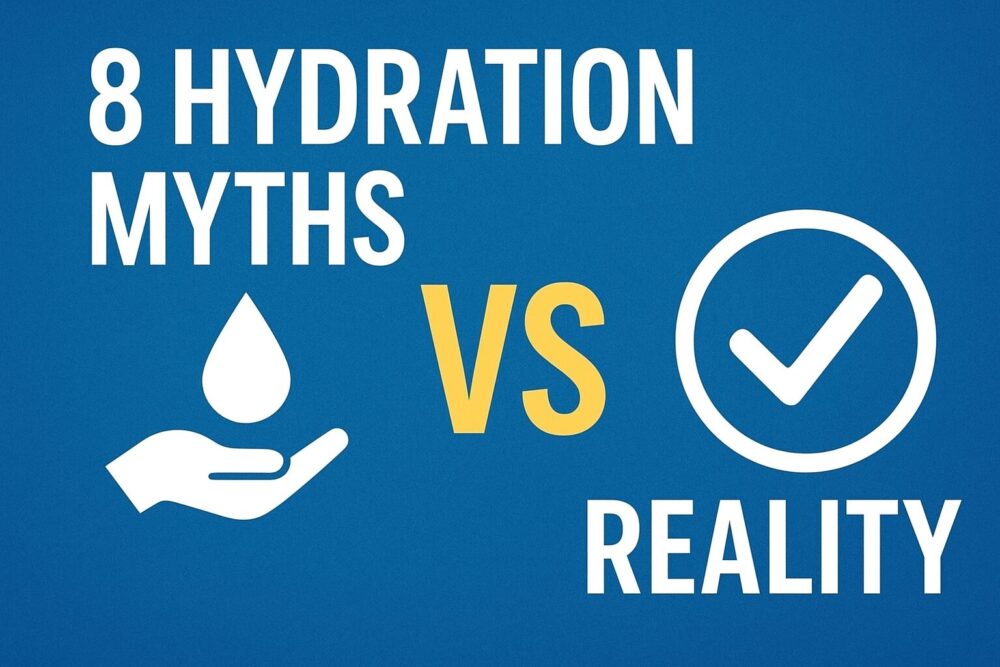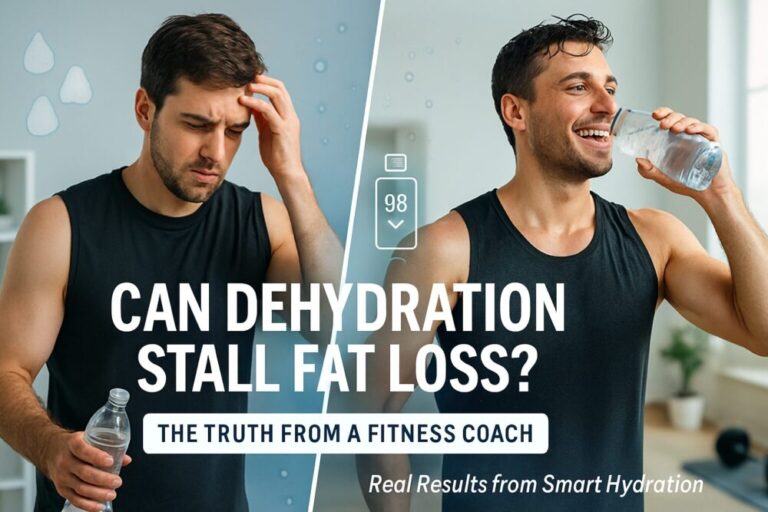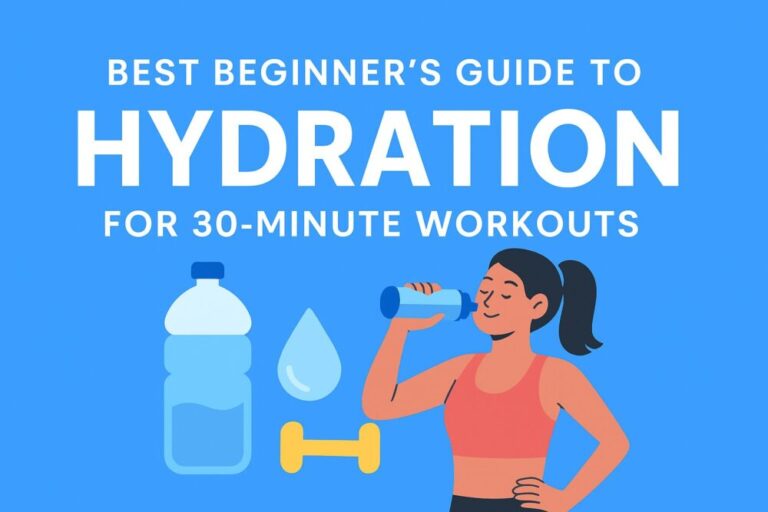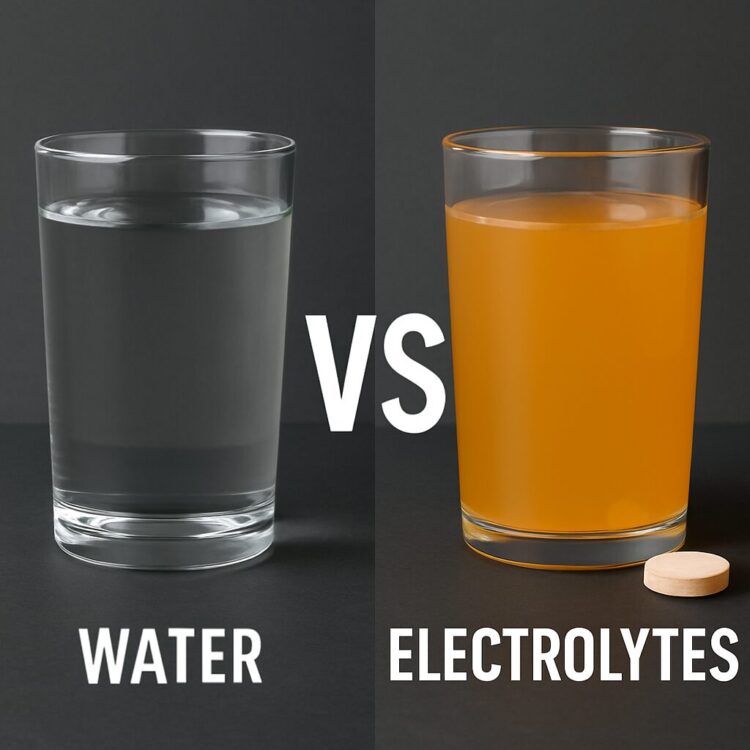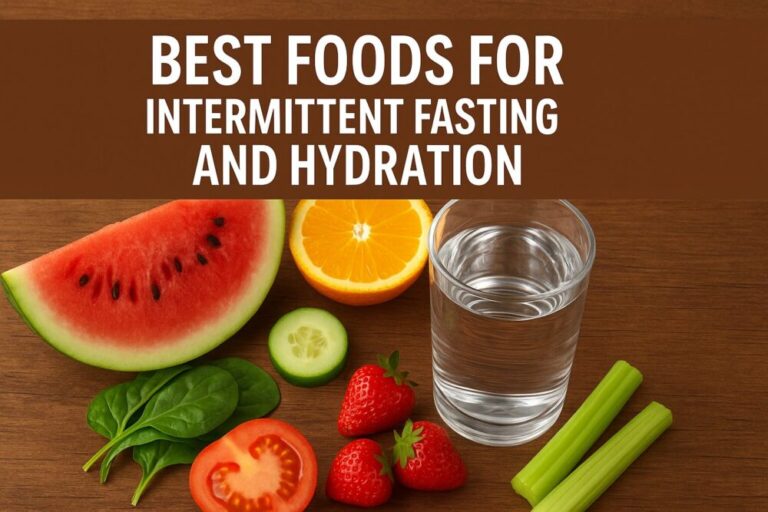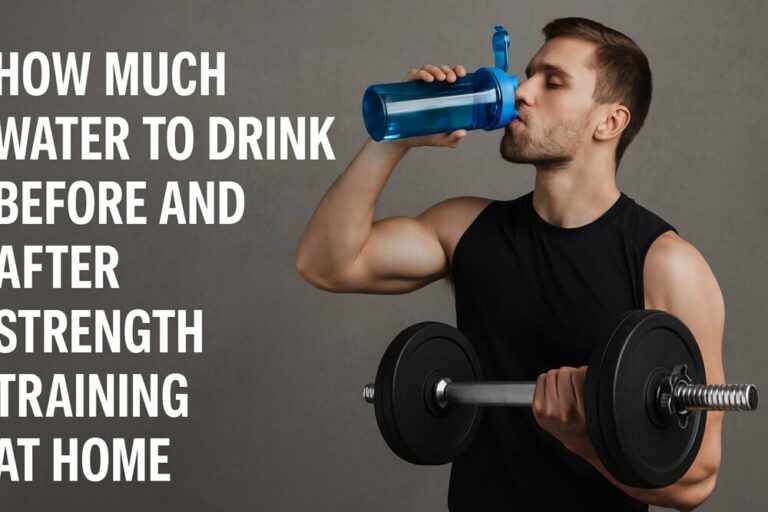While many athletes focus on sets, reps, or macros, proper hydration is the foundation that fuels energy, performance, and recovery. Unfortunately, the internet is filled with hydration myths fitness enthusiasts keep falling for. Believing these myths can harm your workouts, slow recovery, and even put your health at risk.
In this article, we’ll break down (science-backed) the 8 common hydration myths in the fitness world, and give you practical tips to optimize your fluid intake.
- 8 Hydration Myths Fitness Enthusiasts Still Believe
- Myth 1: You Should Drink 8 Glasses of Water a Day
- Myth 2: Thirst Is an Accurate Measure of Hydration Status
- Myth 3: Only Plain Water Hydrates You
- Myth 4: Sports Drinks Are Always the Best Choice
- Myth 5: Drinking More Water Will Prevent Muscle Cramps
- Myth 6: Coffee and Tea Dehydrate You
- Myth 7: Clear Urine Means Perfect Hydration
- Myth 8: Over-hydration Is Safe
- FAQs
- Conclusion
8 Hydration Myths Fitness Enthusiasts Still Believe
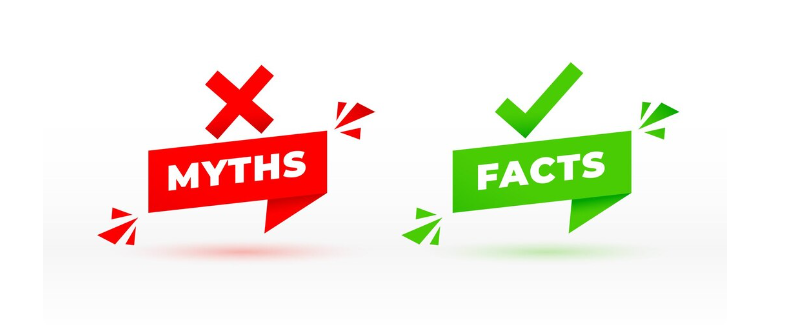
Myth 1: You Should Drink 8 Glasses of Water a Day
The “8×8 rule” (eight 8-ounce glasses per day) is one of the most widespread hydration myths fitness enthusiasts believe. While simple, it’s not supported by science. The National Academies of Sciences recommends a much broader range, 3.7 liters for men and 2.7 liters for women per day from all fluids, including water, beverages, and food sources.1
Another large-scale study by the National Library of Medicine confirmed that hydration needs vary widely depending on age, body size, activity level, and environment .2
Fitness Angle
If you’re doing daily home workouts, sticking to “8 glasses” can leave you under-hydrated. High-intensity sessions like HIIT or strength training increase sweat loss, which means your actual needs may be much higher. Instead of following a generic number, calculate your intake based on your body weight, activity level, and environment using our free tool.
Myth 2: Thirst Is an Accurate Measure of Hydration Status
Another dangerous misconception is the assumption that as long as you don’t feel thirsty, then you are hydrated. Unfortunately, thirst is only an early warning system, by the time it shows itself, you may already be partially dehydrated.
Research published by the Journal of Strength and Conditioning Research shows even mild dehydration can severely impair endurance, strength and focus, even before you feel thirsty. For fitness enthusiasts training at home, this means reduced performance and slower recovery without even realizing it!
Fitness Angle
While working out at your house, try drinking water regularly rather than waiting until thirst strikes to hydrate yourself. Tailor hydration strategies to fit each session: lighter intake for Pilates or yoga and more frequent sip during sweaty HIIT exercises.
Women practicing yoga or Pilates at home will find our guide, Hydration for Women Doing Pilates or Yoga at Home, particularly helpful. You’ll find tailored strategies for staying hydrated during practice.
Myth 3: Only Plain Water Hydrates You
Plain water is excellent, but it’s not your only source of hydration. Studies confirm that foods like cucumber, watermelon, and even drinks such as milk and tea contribute significantly to daily hydration. In fact, The European Food Safety Authority (EFSA) estimates that 20–30% of total daily water intake comes from food sources.3
Fitness Angle
This is great news for home fitness enthusiasts who want variety. Smoothies, herbal teas, and high-water fruits make great pre- or post-workout hydration choices. They hydrate you while also delivering essential electrolytes and nutrients.
Myth 4: Sports Drinks Are Always the Best Choice
Marketing has made many believe sports drinks are essential for every workout. The truth is, the Healthline highlights that while sports drinks can enhance performance during prolonged, intense exercise, “they are probably unnecessary for most people”, especially during shorter or less intense workouts.4 But if you’re doing intense exercise lasting over an hour or sweating heavily in hot conditions, plain water may not be enough.
Sports drinks provide electrolytes and carbohydrates, but they also often contain added sugars. For fitness enthusiasts doing shorter home workouts, they’re unnecessary and can add empty calories.
Fitness Angle
Reserve sports drinks for long endurance sessions or days when you sweat excessively. For most home fitness routines, stick to water and whole-food sources of electrolytes like bananas or yogurt.
Myth 5: Drinking More Water Will Prevent Muscle Cramps
Fitness enthusiasts often believe this deceptive hydration myth. While dehydration may contribute to cramps, electrolyte imbalances such as low sodium, potassium or magnesium concentrations play a much larger role.
A 2019 study published in BMJ Open Sport & Exercise Medicine demonstrated that after exercise-induced dehydration, drinking plain water actually increased muscle cramp susceptibility while supplementation with an oral rehydration solution containing electrolytes reduced it, suggesting electrolyte replacement is key in order to avoid cramps. 5
These results highlight how electrolyte replenishment should play an integral part in cramp prevention strategies.
Fitness Angle
If cramps arise during home workouts, instead of simply drinking more water, try eating electrolyte-rich foods like bananas, sweet potatoes and leafy greens as these contain essential electrolytes that can help restore fluid loss during physical exertion. For intense or extended training, use electrolyte powders as needed.
Myth 6: Coffee and Tea Dehydrate You
Caffeine has long been labeled a diuretic, but modern research shows that moderate coffee or tea intake does not cause dehydration. In fact, they still contribute to your daily fluid balance.
A study in PLOS ONE6 found that coffee hydrates similarly to water when consumed in moderation. That means your morning coffee before a workout doesn’t cancel out hydration.
Fitness Angle
Enjoy your pre-workout coffee guilt-free, it can even enhance endurance and focus. Just make sure to balance caffeinated drinks with water intake throughout the day.
Myth 7: Clear Urine Means Perfect Hydration
Fitness enthusiasts often believe that the clearer their urine, the better hydrated they are. In reality, completely clear urine can signal over-hydration, which dilutes electrolytes and can impair performance.
A large-scale analysis confirms that clear urine is not always optimal: Healthline notes that “if your pee is totally transparent and missing a yellow hue, you’re probably drinking more than the recommended amount of water,” warning of potential electrolyte dilution and risk of water intoxication7
Fitness Angle
The ideal urine color for hydration is pale yellow, not crystal clear. Use this simple test daily, alongside a calculator, to track hydration.
Myth 8: Over-hydration Is Safe
The last myth in our list is more water is always better, but over-hydration is real and potentially hazardous. Drinking excessive quantities without replacing lost electrolytes may lead to hyponatremia – a condition in which blood sodium levels decrease too rapidly – potentially becoming dangerously low.8
Endurance athletes and fitness enthusiasts who participate in multiple long training sessions at home should take caution, as even multiple long sessions could increase risk. Signs include nausea, confusion and, in extreme cases, seizures.
Fitness Angle
No need to down gallons of water unnecessarily – try spaced intake instead, listening to your body, and following evidence-based guidelines to create an appropriate hydration plan that avoids both under-hydration and over-hydration with our free calculator!
FAQs
How do I know if I’m drinking the right amount of water for my workouts?
You can monitor hydration by checking energy levels, urine color (pale yellow is ideal), and performance. For precision, use a water intake calculator that adjusts to your body weight and workout intensity.
Does hydration affect calorie burning during exercise?
Yes. Proper hydration supports optimal metabolism and body temperature regulation, both of which are essential for efficient calorie burning during workouts.
Can dehydration impact mental focus during home workouts?
Absolutely. Even mild dehydration (as little as 2% body weight loss in fluids) has been shown to impair concentration, coordination, and motivation.
Is it better to sip water slowly or drink a lot at once?
Sipping consistently throughout the day and during workouts is better than chugging large amounts at once, which can cause bloating and dilute electrolytes.
Do hydration needs change with the seasons?
Yes. Hot, humid weather increases sweat loss, raising your water and electrolyte needs, while colder climates may reduce thirst signals even though your body still needs hydration.
Conclusion
Hydration myths fitness enthusiasts believe can negatively impact performance, recovery, and overall health. From the outdated “8 glasses a day” rule to over-reliance on sports drinks, these misconceptions distract from what really matters: personalized hydration based on your lifestyle and workouts.
Instead of guessing, use science-backed strategies and tools to stay properly hydrated. For a complete framework, check out The Ultimate Guide to Hydration, and don’t forget to try our free Water Intake Calculator to see how much water your body really needs.
References
- National Academies Press, 2005 ↩︎
- National Library of Medicine ↩︎
- The European Food Safety Authority (EFSA) ↩︎
- Healthline for Sport Drinks ↩︎
- Open Sport & Exercise Medicine for Muscle Cramp ↩︎
- PLOS ONE About Coffee and Hydration ↩︎
- Healthline About Pee Color ↩︎
- New England Journal of Medicine Over-Hydration ↩︎

